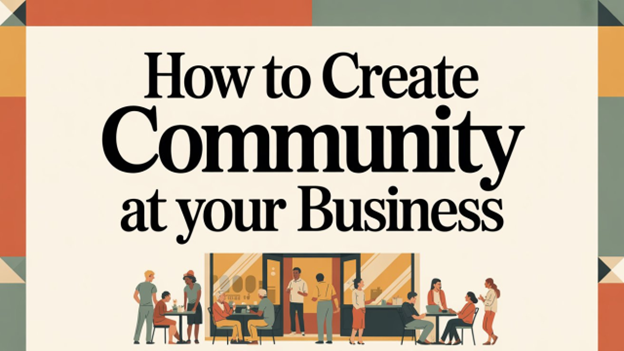Talking Websites: A Game-Changer for Small Business
If you’ve ever parented a teenager, you know talking back is not to be celebrated. But when it comes to your business website, talking back is the next big trend.
Most websites feel like digital brochures. You scroll, you click, you squint at tiny menus—and if you can’t find what you’re looking for in 20 seconds, you’re gone. On to the next one.
But what if you landed on a website that immediately addresses your needs:
“Hi there! Looking for a haircut, a color, or some products?”
You type “Color,” and the site replies:
“Excellent. Want to see our stylists’ availability this week?”
No scrolling, no clicking, no calling. Just the information you want right away.
That’s a conversational website—and it’s not just for tech giants. Thanks to new AI tools, even the smallest businesses can create sites that chat with customers, not just sit there looking pretty.
Why Conversational Websites Could Be the Next Big Thing
There are many benefits to a conversational website. Most visitors want quick answers but they don’t want to speak to a person. If they did, they would’ve called. This gives them the answers they want when they want them.
Additionally, a conversational website can:
- Save time: Customers get quick answers any time of day or night instead of calling or emailing you. It will also save your employees time because they won’t have to put off customers to answer the phone or respond to an email.
- Make sales easier: Instead of a clunky order form, a friendly bot can walk people through the buying process step by step. With advances in AI and search, people are migrating away from typing answers and questions. Most rely on verbal commands and conversations. Search and inquiries are becoming more and more conversational.
- Feel personal: Customers want to feel seen, not like they’re filling out a tax form. A conversational flow makes your brand warmer and more approachable, especially when you create the tone for your virtual assistant.
But I Can’t Code
The good news is you don’t need to know a single line of code. Seriously. Tools are popping up every day that do the heavy lifting for you.
1. Build a Site Just by Talking to It
Platforms like Wix’s AI Builder let you describe your business in plain English—
“I run a bakery that specializes in birthday cakes and gluten-free treats.”
—then it generates a full website, complete with text, design, and images.
2. Replace Boring Forms with Friendly Chats
Instead of “Fill out this contact form,” tools like Landbot or Tidio turn that process into a conversation.
Bot: “What’s your name?”
Visitor: “Samantha.”
Bot: “Hi Samantha! Want to see today’s specials or book a table?”
Lead captured. Customer happy.
3. Let AI Test and Tweak Your Site for You
Services like Coframe quietly improve your site in the background. They test different headlines, buttons, and layouts to see what gets the most clicks—no knowledge of A/B testing required.
A Few Tips to Keep It Human
Even with all this cool tech, the magic is in your brand’s personality. Keep these best practices in mind:
- Use your voice. If you’re a playful boutique, let your chatbot be sassy. If you’re a financial planner, keep it calm and professional.
- Be clear it’s AI. Customers don’t mind chatting with a bot, but they do mind feeling tricked. There are some really good AIs out there. It may not be obvious to them that they are not talking to one of your employees. Be transparent about that.
- Guide people forward. Every conversation should end with a next step: “Book now,” “Call us,” or “See more.” Anticipate what would logically come next.
Ready to Make Your Website Talk?
Your customers (and potential customers) want quick answers, easy booking, and a sense that someone’s listening and understands what they want—even if that “someone” is AI.
With today’s tools, you don’t need a tech team or a giant budget. You just need your unique voice and a willingness to let your website have a conversation instead of being a silent billboard. Internet interactions are becoming more conversational. Watch how people around you are using their phones. They’re talking to AIs more often than people. You want to make sure you’re prepared to answer them back.
--------
Christina Metcalf is a writer and women’s speaker who believes in the power of story. She works with small businesses, chambers of commerce, and business professionals who want to make an impression and grow a loyal customer/member base. She is the author of The Glinda Principle, rediscovering the magic within.
_______________________________________
Facebook: @tellyourstorygetemtalking
Instagram: @christinametcalfauthor
LinkedIn: @christinagsmith




